Today I got to meet a real live robot.
It’s called a Beam, and it’s a new form of what Dr. Irvine calls ‘digital proxy’ – it’s a way for students who cannot be physically present to be part of the class, to fulfil their right to be present in school regardless of disabilities and special needs. The Beam can move, turn, look up and down, and project a real face, which students coming in on Skype or BlueJeans don’t get to do. It allows the student to be part of the class, do group work, talk to their friends, and get from class to class, while the student might be anywhere, using a mobile app to communicate with the robot. However, there are still a few things this nifty little robot can’t do. Don’t try stairs; it doesn’t do stairs.
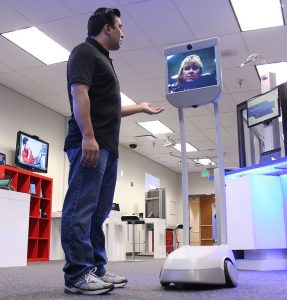
Beam robot. Image by RogDel on Wikimedia Commons (CC BY-SA 2.0).
We had a good conversation about the future of accessibility and what modern technology can do to allow anyone to participate in school, from anywhere, at any time. We spoke about ‘blended learning‘, which is a somewhat-outdated form of class delivery that is done in both face-to-face AND digital format. The problem with this type of education is that it doesn’t work 100% for anybody. The alternative that Dr. Irvine has pioneered is ‘Multi-Access Learning‘, which truly integrates both digital and face-to-face learning to allow for class cohesion, access to technology, and choices for the students and the instructor.
There are still a few barriers to this new idea, mostly to do with funding, infrastructure, and availability. But Dr. Irvine argues (and I agree) that this is not just an issue of student convenience, or teacher preference for modality – it is a human rights issue, to do with the right of every student to learn in a safe, accessible, and comfortable environment for them. To that end, I’m not sure if I’m ready to face a classroom full of these little fellas, but I’m willing to give it a shot!
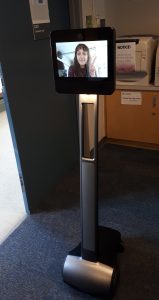
My classmate Kay giving the Beam a try. Photos by me; image used with permission.
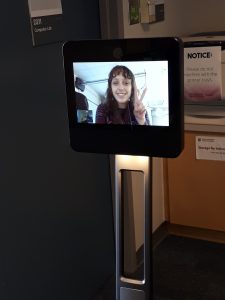
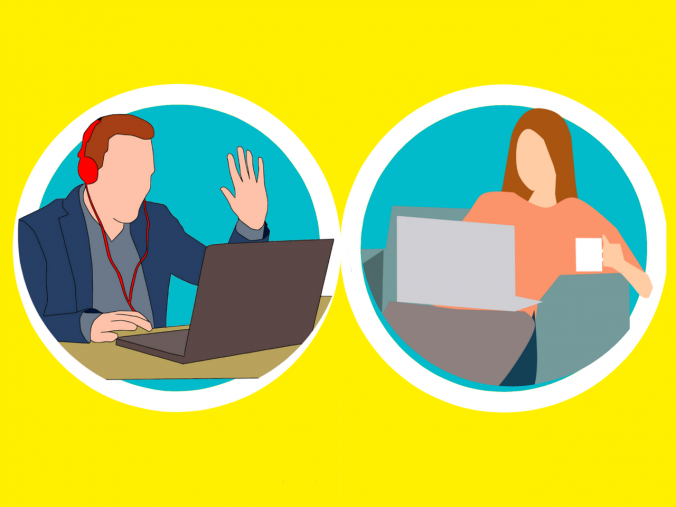
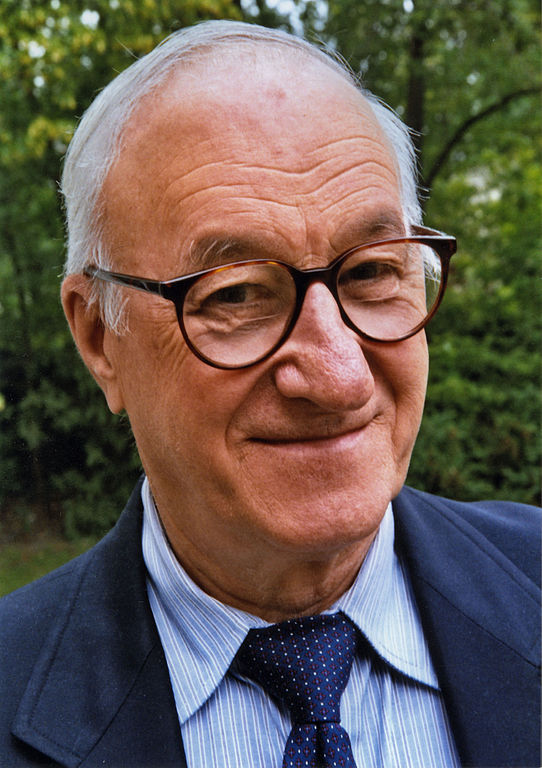
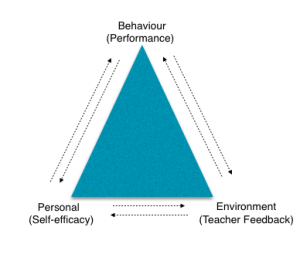
Recent Comments